Wonder Woman is an American television series, adapted from the DC Comics comic book superhero, originally created by Charles Moulton. The Amazon goddess fought evil and eventually joined a covert military agency. Let’s take a look at the stars of this popular superhero series and check out essential facts.
How Did Wonder Woman Begin?
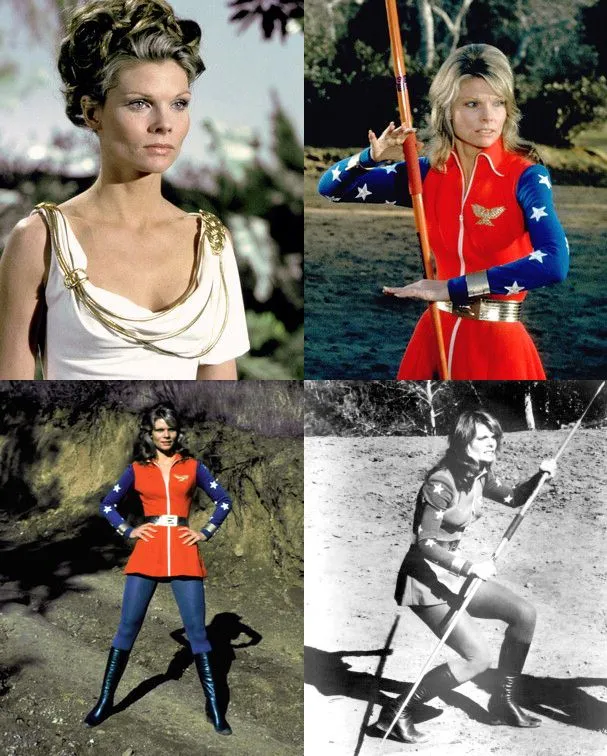
Wonder Woman (1974), starring Cathy Lee Crosby, was first a TV movie, directed by Vincent McEveety. ABC described the ratings for the pilot as "respectable but not exactly wondrous," so the TV network did not move forward with the show at that time.
After that, Warner Brothers and ABC took the script (and show) in a different direction with The New, Original Wonder Woman (1975), starring Lynda Carter. (Crosby claimed that she turned down the part.) Based on Carter's successful appearance, ABC ordered two more episodes: "Wonder Woman Meets Baroness Von Gunther" and "Fausta: The Nazi Wonder Woman." The network ordered another 11 episodes, and then CBS ordered a full 22 episodes.
ADVERTISEMENT
Comic Book Sync
ADVERTISEMENT
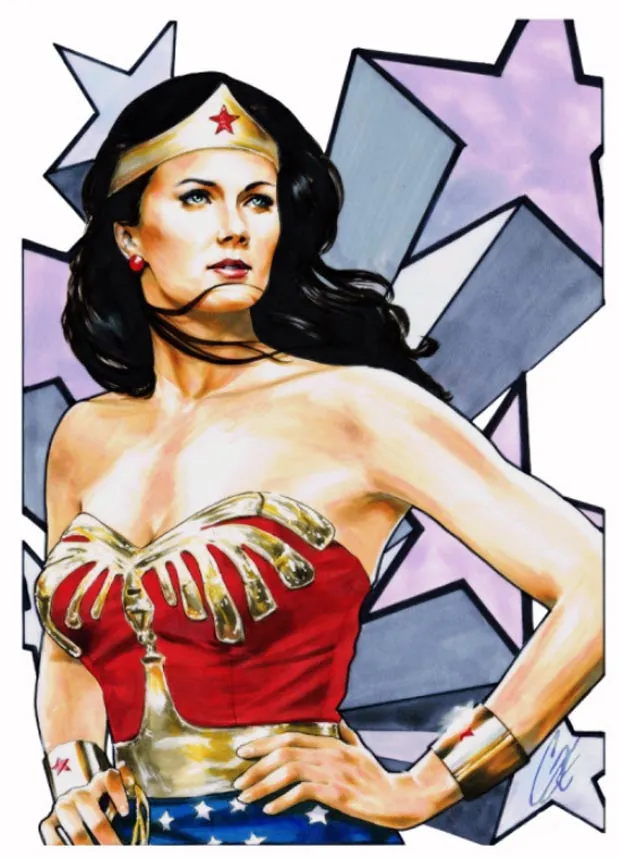
ADVERTISEMENT
The Wonder Woman TV series was closely linked with the Charles Moulton's comic-book superhero. Like her comic-book counterpart, the TV superhero was an Amazon princess, one of DC's most powerful superheroes. In order to keep up with Wonder Woman. DC Comics synced the show with their comics.
ADVERTISEMENT
So, for example, when the show Wonder Woman was set in the 1940s, the creators made sure that the Earth 2 version matched. Thus, when the Wonder Woman TV show shifted to modern times, the creators adjusted the comic book time frame accordingly.
ADVERTISEMENT
Lynda Carter (Wonder Woman)
ADVERTISEMENT
ADVERTISEMENT
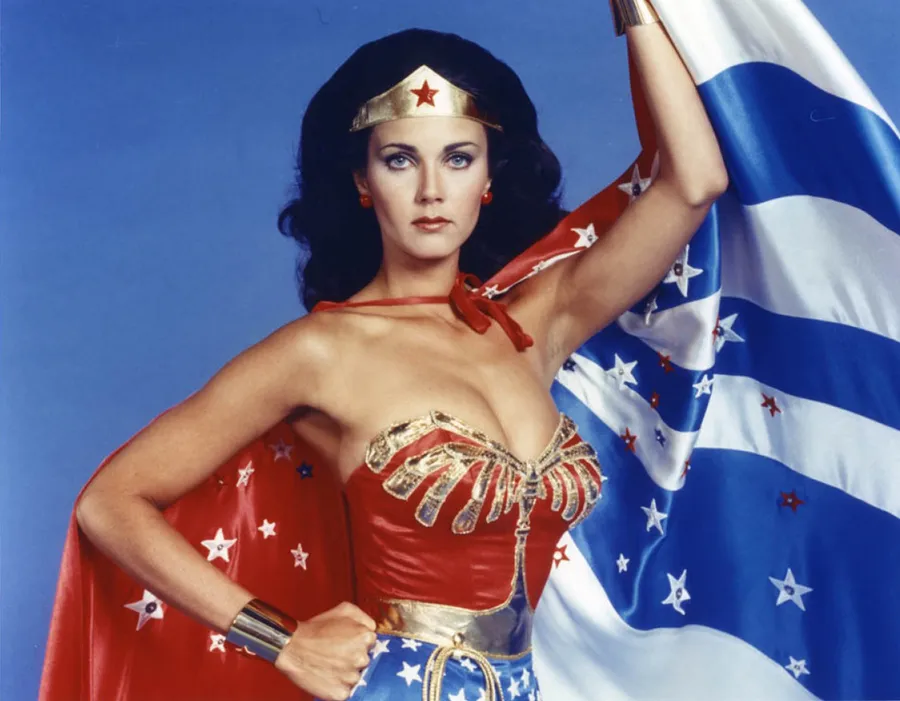
ADVERTISEMENT
Lynda Carter was an international phenomenon, as a 1972 Miss World beauty-pageant contestant, even before she became the goddess-like Wonder Woman/Diana Prince on the popular Wonder Woman TV series (1977-1980).
ADVERTISEMENT
Although she quickly became a fem-phenom, she never wanted to be a pin-up or sex symbol. As she told US magazine: "I never meant to be a sexual object for anyone but my husband. I never thought a picture of my body would be tacked up in men's bathrooms. I hate men looking at me and thinking what they think. And I know what they think. They write and tell me."
ADVERTISEMENT
Lynda Carter = Stunt Woman
ADVERTISEMENT
ADVERTISEMENT
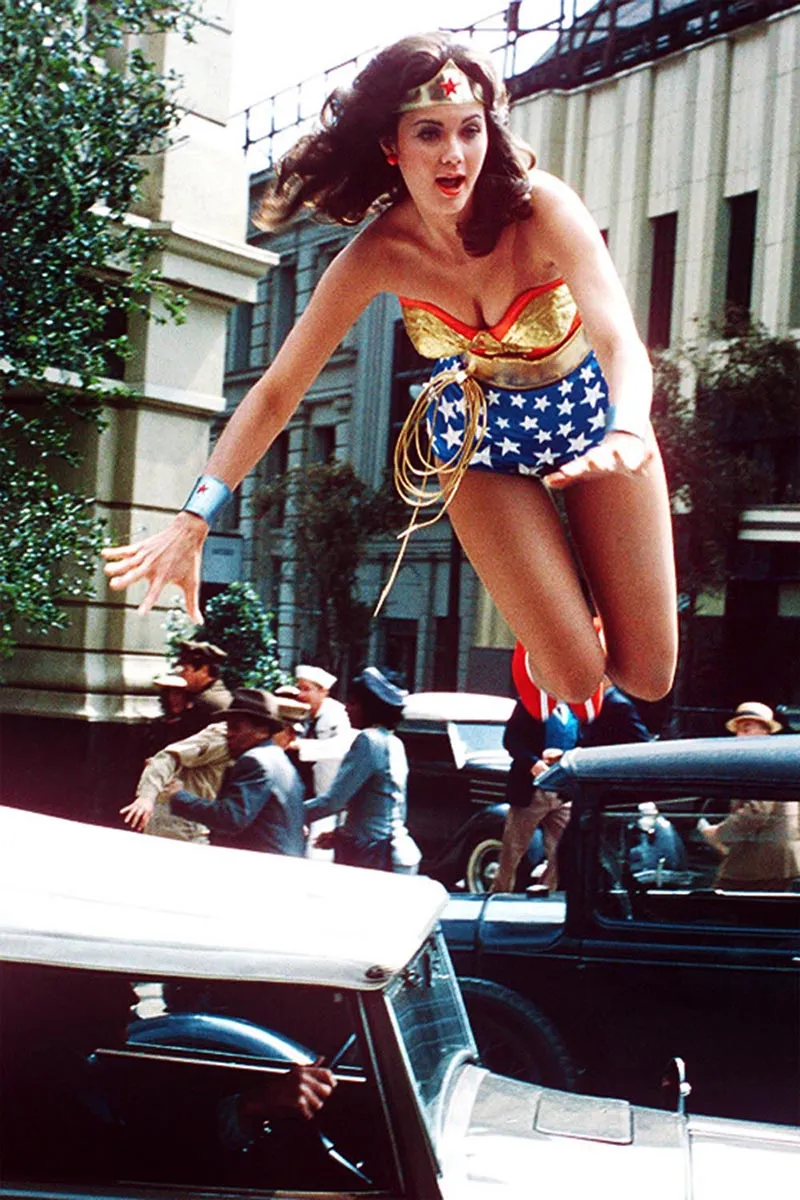
ADVERTISEMENT
During the Wonder Woman series, Lynda Carter played the part of a superhero. So, of course, the script called for the character to perform many superhuman feats. Famously, Carter performed many of her own stunts, including hanging from a helicopter while in mid-air. In that particular incident, she also didn't wear the protective wrist guards, a safety measure intended to prevent a fall.
ADVERTISEMENT
Carter's daredevil antics upset the TV network, probably with good reason. Imagine the PR nightmare if she was hurt and the public found out that the network had allowed their beloved star to place herself in such danger.
ADVERTISEMENT
Richard Eastham (General Philip Blankenship)
ADVERTISEMENT
ADVERTISEMENT
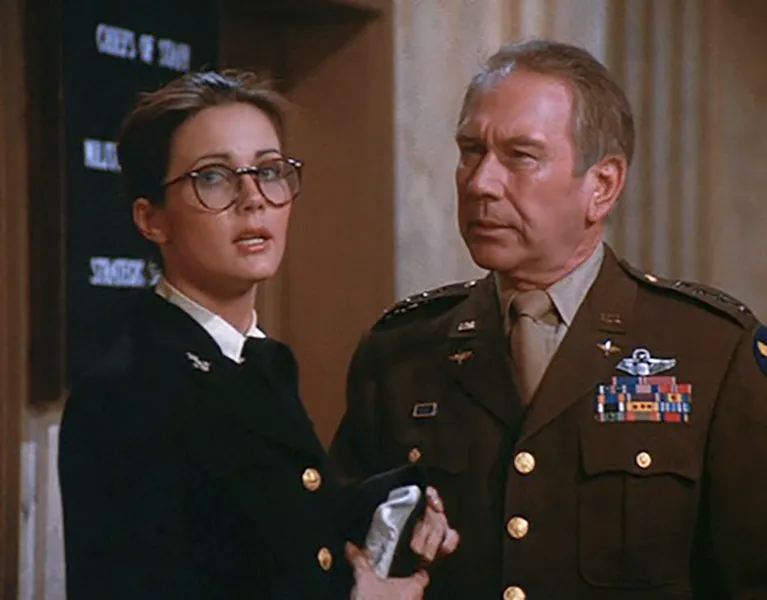
ADVERTISEMENT
Richard Eastham played the role of General Philip Blankenship on the Wonder Woman TV show. He drew from his personal experience, in the United States Army during World War II, which lent the performance an authenticity that producers wanted.
ADVERTISEMENT
On the show, General Blankenship works as part of the War Department in Washington DC, with Steve Trevor, to stop the Nazis. The part was first played by John Randolph but was taken over by Richard Eastham after the pilot episode. On July 10, 2005, Eastham passed away from complications due to Alzheimer’s disease at the age of 89.
ADVERTISEMENT
Lyle Waggoner (Steve Trevor/Steven Trevor, Jr)
ADVERTISEMENT
ADVERTISEMENT
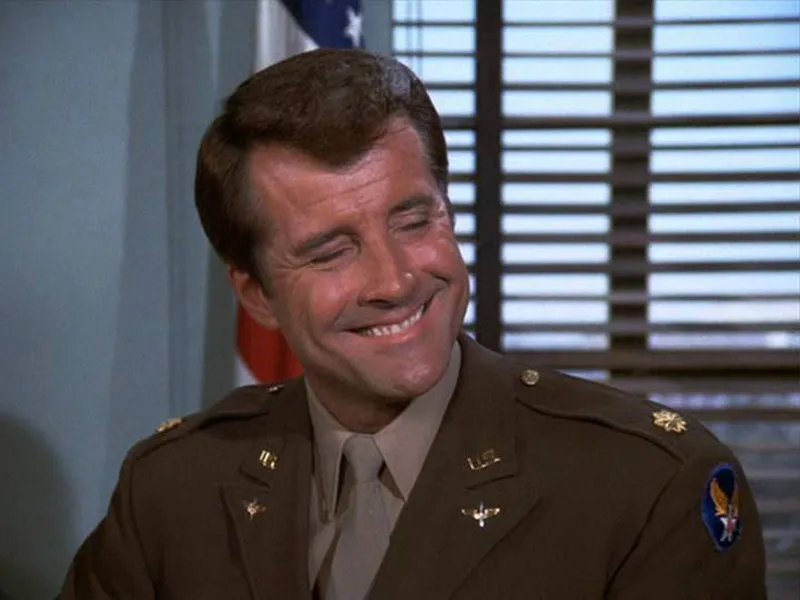
ADVERTISEMENT
Lyle Waggoner pulled double duty when he joined the Wonder Woman cast. He played both Steve Trevor and son Steven Trevor, Jr. Waggoner recalls the part of Steve as "a real gung-ho kind of guy." It was Wonder Woman's role to rescue him, no matter what sort of trouble he got into.
ADVERTISEMENT
With his dual-role on Wonder Woman, Waggoner appealed to a younger audience. He's also known for his work on The Carol Burnett Show (1975-1979). Before his memorable acting career took off, he was an Army radio operator and an encyclopedia salesperson.
ADVERTISEMENT
Bradford Dillman (Arthur Deal III)
ADVERTISEMENT
ADVERTISEMENT
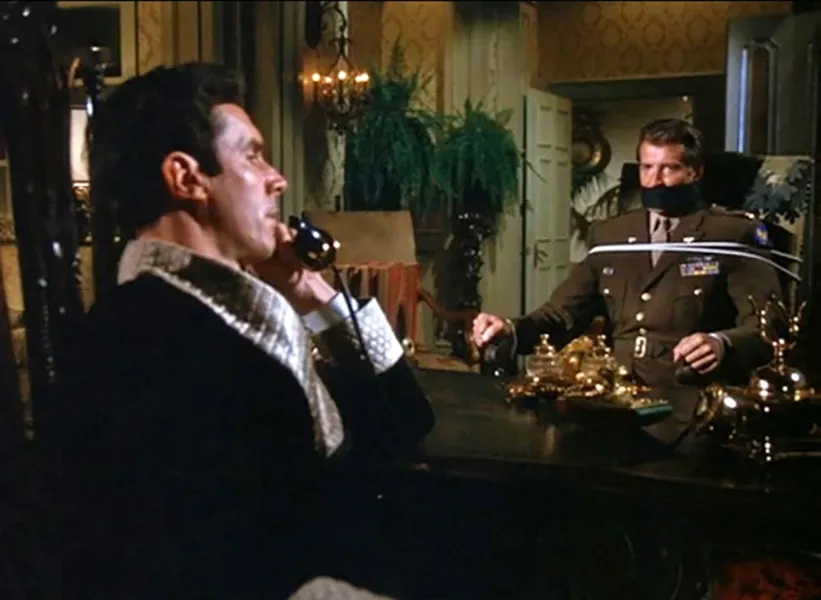
ADVERTISEMENT
Bradford Dillman played the Nazi spy, Arthur Deal III (code named "Thor"), on the Wonder Woman series. With his dark hair and aristocratic charm and good looks, he was perfect for the part of the hand-picked investigator, appointed by President Roosevelt. Ironically, Deal was responsible for framing Steve Trevor (Lyle Waggoner) as a Nazi spy. In his evil, villainous role, Deal worked with Baroness von Gunther for months to fabricate the appearance of Trevor's traitorous dealings with Germany.
ADVERTISEMENT
Dillman continued to play shady, edgy, even-villainous characters. The California native also wrote two books: the 1997 football fan book Inside the New York Giants and his 1997 autobiography Are You Anybody?: An Actor’s Life.
ADVERTISEMENT
Christine Belford (Baroness Von Gunther)
ADVERTISEMENT
ADVERTISEMENT
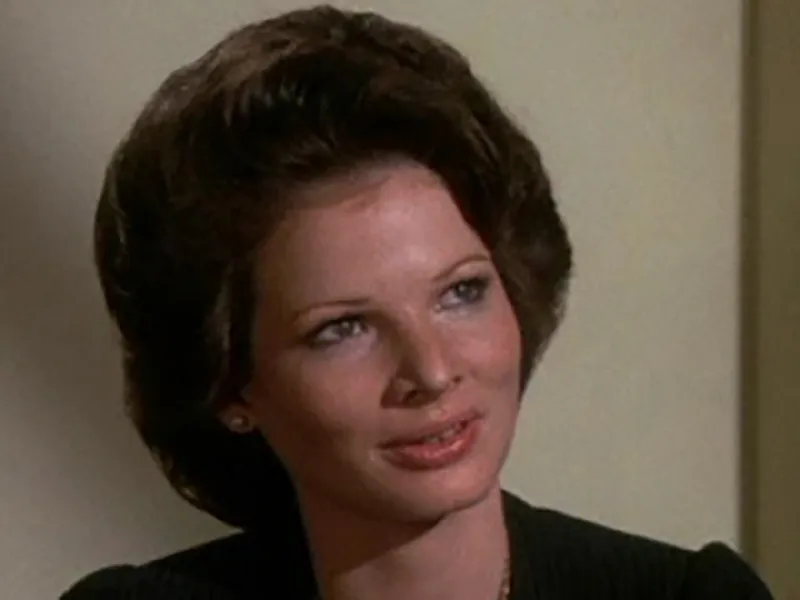
ADVERTISEMENT
Christine Belford portrayed Wonder Woman’s enemy Baroness Paula von Gunther on the Wonder Woman series. As a recurring arch-nemesis, she battled the Amazons, but she was also a murderer. She heads up the US-based espionage ring, Abwehr, and she worked with Arthur Deal III to frame Steve Turner as a Nazi spy.
ADVERTISEMENT
Early on, in her career, Belford modeled, but also took on a number of other jobs. As she once said, she played a "waitress, a bar maid, and I also drove an ice truck." Her work on TV included appearances on Ironside, The Six Million Dollar Man, Hart to Hart, The Incredible Hulk, Family Ties, The Golden Girls, Beverly Hills 90210, and Battlestar Galactica. More recently, she's done voicework for narrations, animations, promotional spots, and commercials.
ADVERTISEMENT
Lynda Day George (Fausta Grables)
ADVERTISEMENT
ADVERTISEMENT
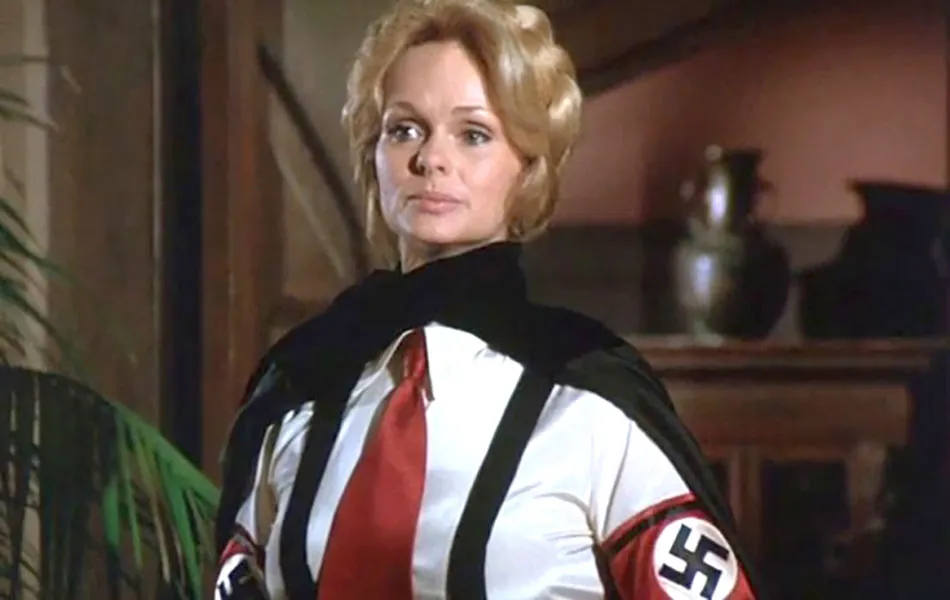
ADVERTISEMENT
Lynda Day George portrayed the role of Fausta Grables, who is also known as the Nazi Wonder Woman, on the Wonder Woman TV series. She poses as Wonder Woman on the show, and even kidnaps Diana (Wonder Woman, played by Lynda Carter). Her main goal in coming to American, though, was to uncover the truth about the real Wonder Woman.
ADVERTISEMENT
Other memorable parts included her role as Lisa Casey on Mission: Impossible (1966), as well as guest-star roles on The Love Boat (1977) and Charlie's Angels (1976). She appeared in numerous films with her husband, Christopher George, but gave up acting after he died of a heart attack.
ADVERTISEMENT
Beatrice Colen (Etta Candy)
ADVERTISEMENT
ADVERTISEMENT
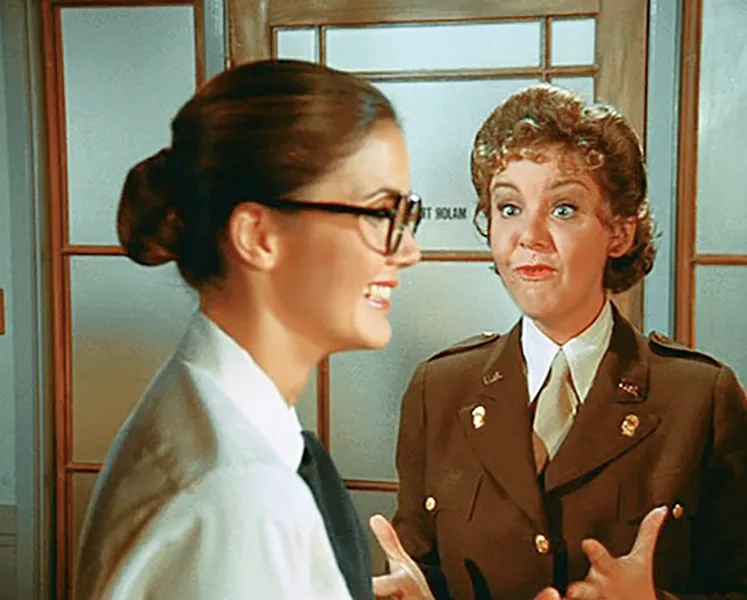
ADVERTISEMENT
Beatrice Colen, the granddaughter of George S. Kaufman, played the role of Wonder Woman’s sidekick and best friend, Etta Candy, for the first season of the Wonder Woman series. You'll remember Etta as the vivacious young woman who seemed eager to jump in wherever she was needed.
ADVERTISEMENT
The Etta character was dropped in after the first season, but Colen went on to take on the part of Marsha Simms on the sitcom Happy Days. She also appeared in Schoolboy Father (1980), Brave New World, Lifeguard, High Anxiety, American Pop, and Who's That Girl? On November 18, 1999,Cohen passed away at the age of 51 from lung cancer.
ADVERTISEMENT
Debra Winger (Drusilla/Wonder Girl)
ADVERTISEMENT
ADVERTISEMENT
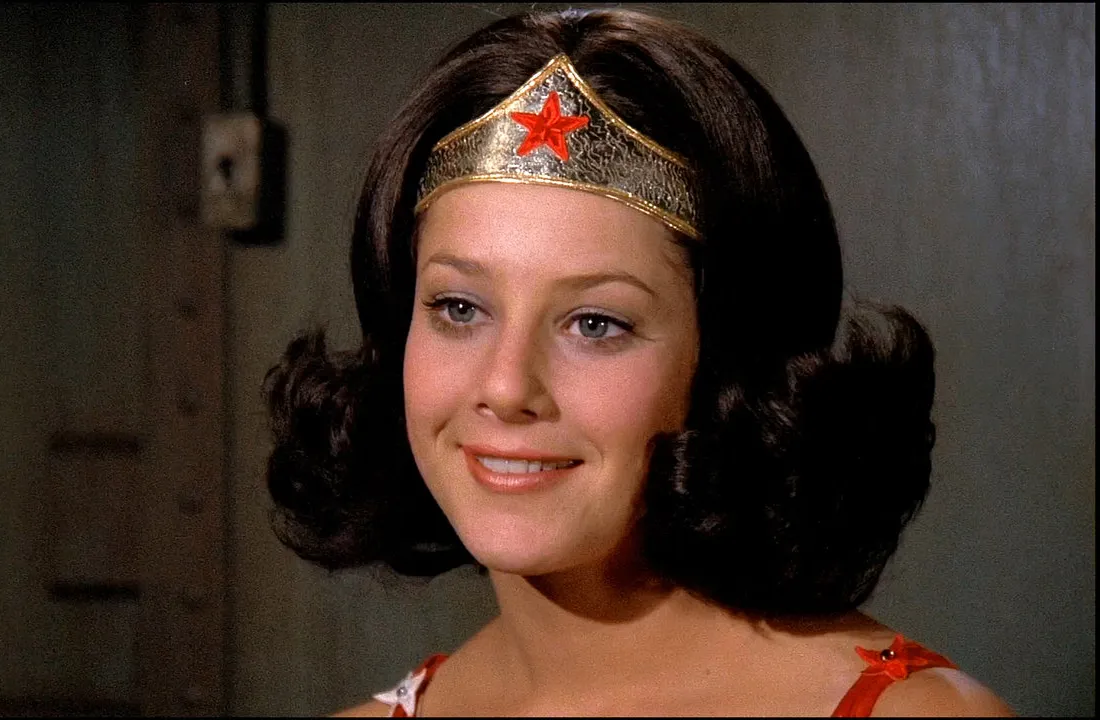
ADVERTISEMENT
Debra Winger portrayed Drusilla (a.k.a Wonder Girl), daughter of Hippolyta, on the Wonder Woman show. Hippolyta sent Drusilla to America to urge Diana to return. Diana decided to convince Drusilla of the importance of Wonder Woman. During a car trip with General Blankenship, Nazi spies abducted the general and inspired Drusilla to transform into Wonder Girl.
ADVERTISEMENT
Winger feared that her Wonder Girl role would typecast her, making it more difficult for her to snag big movie roles. She bought herself out of her contract with the money she made from the show. The producers also wanted to make a Wonder Girl spin-off show, but she declined the offer. After leaving the show, she has found received three Oscar nominations for Best Actress for her work in An Officer and a Gentleman, Terms of Endearment, and Shadowlands.
ADVERTISEMENT
Jayne Kennedy (Carolyn Hamilton)
ADVERTISEMENT
ADVERTISEMENT
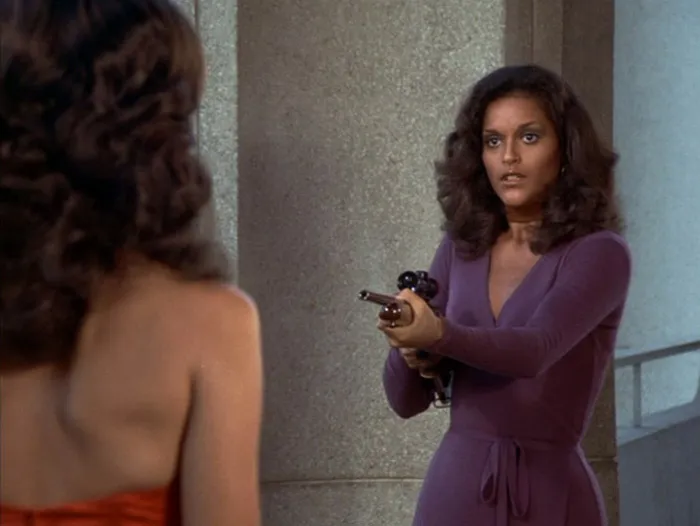
ADVERTISEMENT
Jayne Kennedy played the role of Carolyn Hamilton on Wonder Woman. She appeared in one 1977 episode titled "Knockout." In the episode, Carolyn Hamilton is an undercover cop with the San Francisco Police Department. She later became involved with a terror organization but turned back to the good side with Steve Trevor and Wonder Woman’s help.
ADVERTISEMENT
Aside from Wonder Woman, Kennedy appeared as Hamilton in four different episodes of Wonder Woman '77 Meets the Bionic Woman, this time as the character Nubia. Later, Kennedy starred in the film Body and Soul, which earned her the 1982 NAACP Image Award for Outstanding Actress in a Motion Picture award.
ADVERTISEMENT
Cloris Leachman (Queen Hippolyta)
ADVERTISEMENT
ADVERTISEMENT
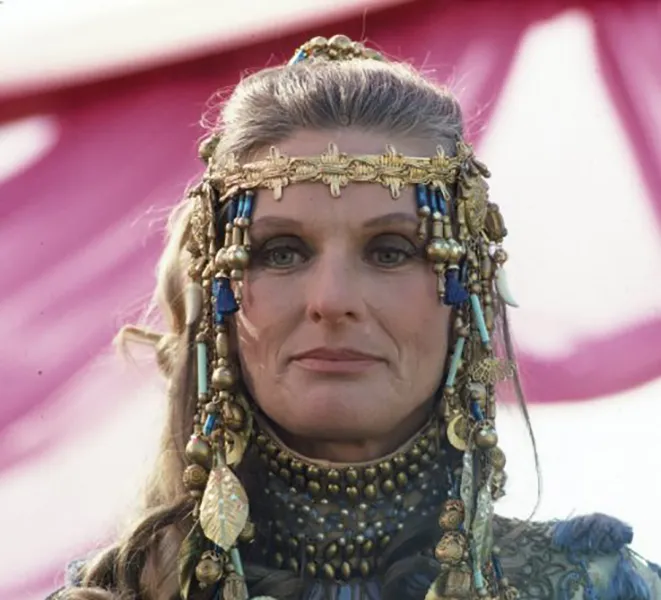
ADVERTISEMENT
Iconic actress Cloris Leachman played the role of Queen Hippolyta, mother of Diana, on the Wonder Woman TV series. She is a mentor to Diana, but she rarely ventures from Paradise Island, where she leads the reclusive Amazons. In the story line, the queen had reservations about Diana volunteering to escort Major Steve Trevor back to the US, but Diana discussed herself and won every trial/contest. She had no choice but to allow Diana to be the emissary.
ADVERTISEMENT
While the role of Queen Hippolyta was initially played by Leachman in the Wonder Woman series, Carolyn Jones took on the part in The Feminum Mystique. Also, the part was taken on by Beatrice Straight in The Return of Wonder Woman, which aired in the second season.
ADVERTISEMENT
Lyle Waggoner as Batman?
ADVERTISEMENT
ADVERTISEMENT
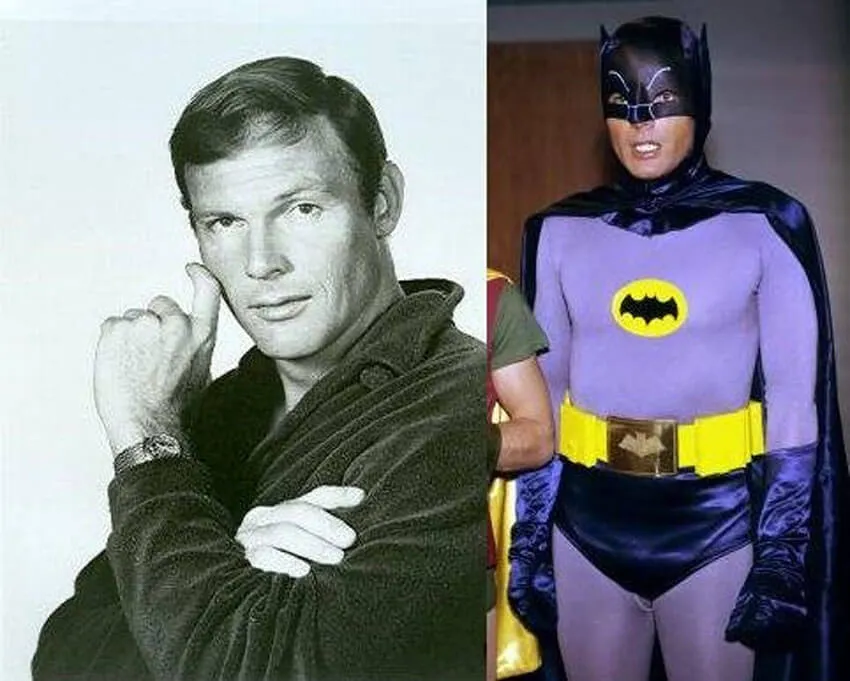
ADVERTISEMENT
Lyle Waggoner famously auditioned for the role of Batman on the Batman series (1966-1968). As you must know, Adam West was the actor chosen for the role. The Batman series is famous for its crime-fighting duo who take on villains in a campy, slightly irreverent and simplistic style.
ADVERTISEMENT
Teenagers were the target audience, and the messaging included reminders to use seat belts, eat veggies and drink milk, and even do homework. All-in-all, 129 episodes aired, which helped to inspire Matt Zoller Seitz and Allan Sepinwall to rank it #82 on the list of Greatest American TV Shows.
ADVERTISEMENT
Stanley Ralph Ross
ADVERTISEMENT
ADVERTISEMENT
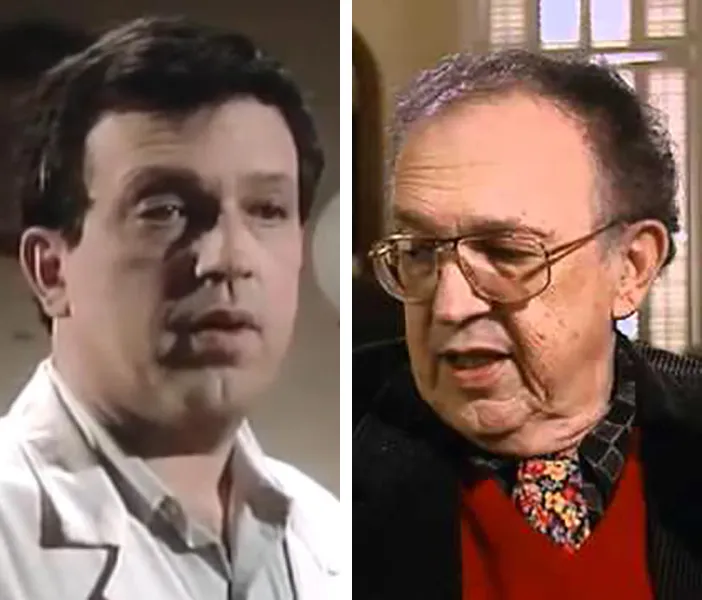
ADVERTISEMENT
A veritable superhero aficionado (he wrote for the 1960s Batman episodes), Ross contributed a great deal to the creation (and success) of the Wonder Woman TV episodes. Ross declined a previous offer to contribute to the earlier iteration of the Wonder Woman series because of the casting choices. Apparently, he did not find the original Wonder Woman to be right for the job.
ADVERTISEMENT
And like we mentioned, he was a superhero aficionado, so he obviously had very strong feelings on the matter. Famously, Ross played a big role in casting Lynda Carter for the Wonder Woman role. But, even Lyle Waggoner would later say that she perfectly fit the part of Wonder Woman (when he ran lines with her in his initial audition).
ADVERTISEMENT
Tom Kratochvil - IRAC (Information Retrieval Associative Computer)
ADVERTISEMENT
ADVERTISEMENT
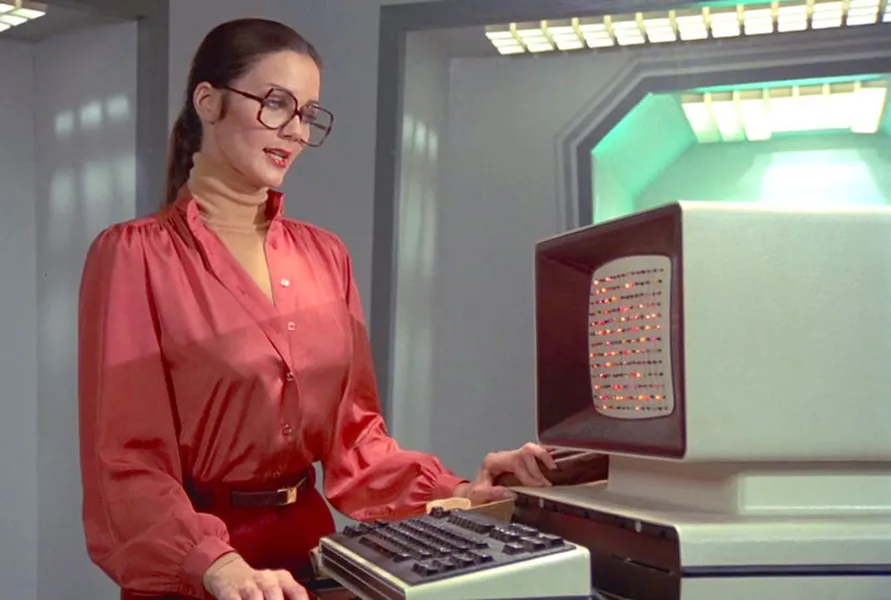
ADVERTISEMENT
Tom Kratochvil played the part of the intelligent computer, IRAC (Information Retrieval Associative Computer, better known as Ira), who first made an appearance in the second season of Wonder Woman. Wonder Woman used IRAC to make and store the records of her other identity: Diana Prince.
ADVERTISEMENT
Kratochvil also completed voiceover work for other TV series including The New Scooby-Doo Mysteries, Is The Life (1952), and Paw Paws (1985). In one “oops” of an episode (“I.R.A.C. is Missing,” to be exact) IRAC was said to stand for “Internal Retrieval Associative Computer” as opposed to “Information Retrieval Associative Computer.”
ADVERTISEMENT
First Time for Warner Bros.
ADVERTISEMENT
ADVERTISEMENT
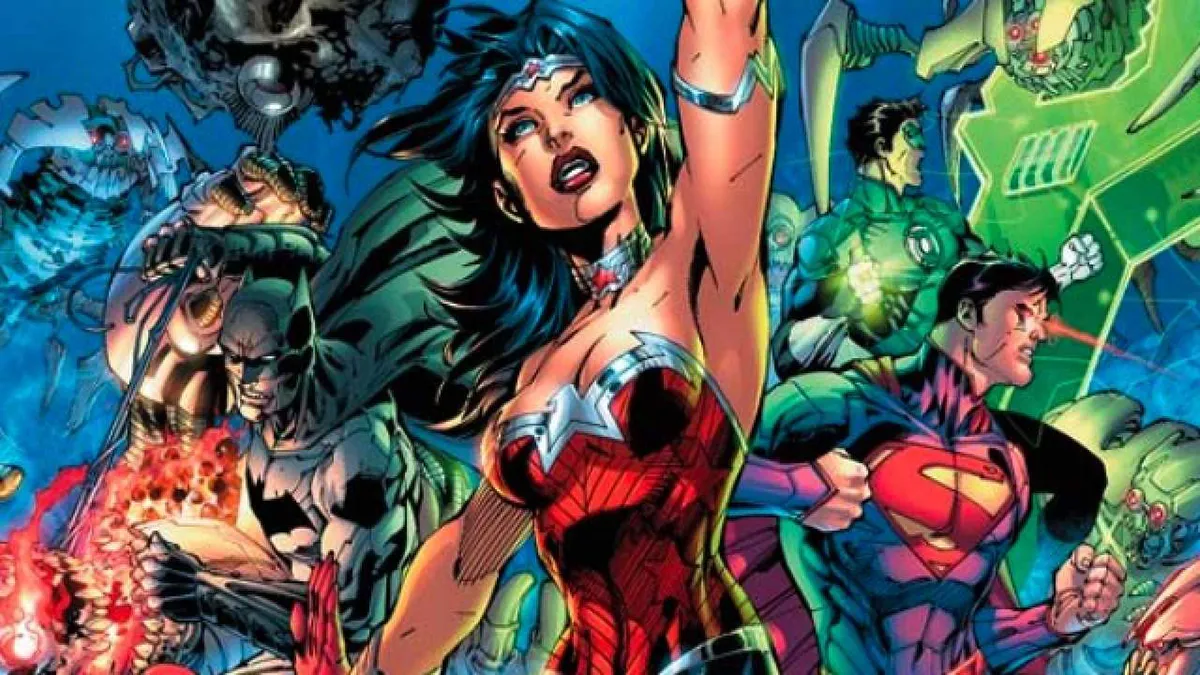
ADVERTISEMENT
The Wonder Woman TV series was the first time Warner Bros. had the opportunity to handle property from DC Comics once they were both owned by Warner Communications (now Time Warner). And we can probably safely assume that they're glad this was their first shot, seeing as it was so insanely successful. Wonder Woman is only getting more popular.
ADVERTISEMENT
Time Warner is now the conglomerate with subsidiary companies including DC Comics, Warner Bros. Studios, Warner Bros. Pictures, Warner Bros. Television, Warner Bros. Animation, Warner Home Video, and The CW Television Network. More recently, the union of DC Comics and Warner Bros led to box office hits like Batman v Superman: Dawn of Justice.
ADVERTISEMENT
Presto Chango: Wonder Woman's Transformation
ADVERTISEMENT
ADVERTISEMENT
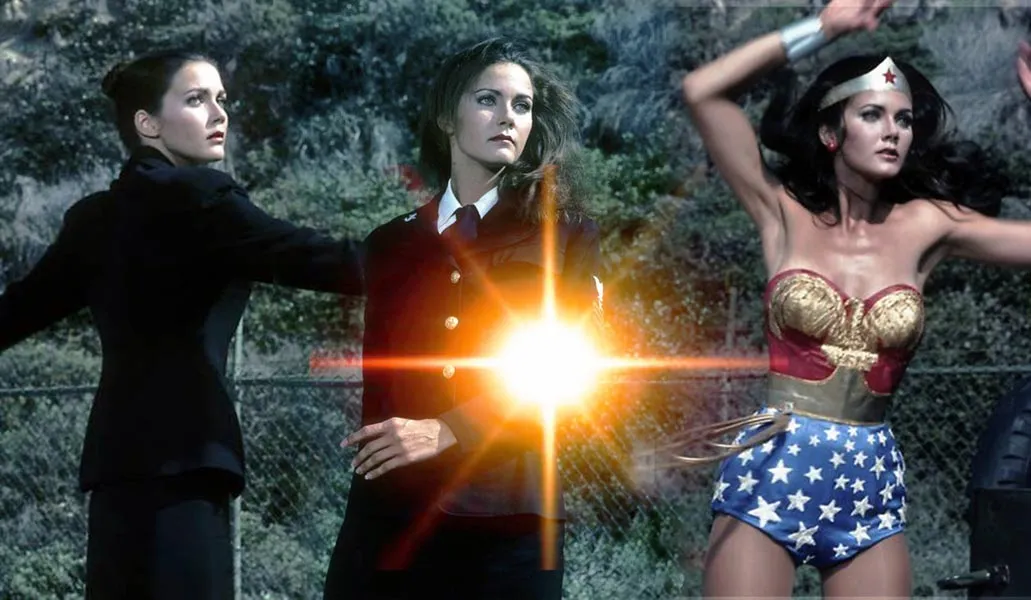
ADVERTISEMENT
Wonder Woman’s transformation is one of the most memorable moments of the show. In the first two episodes, Lynda Carter would slowly spin her clothes off, but she came up with the Wonder Woman spin. And once she came up with said spin, well, the rest was history. It was just too cool not to use!
ADVERTISEMENT
As she told Entertainment Weekly, "They couldn't figure out how I would make the change," she said of the network. "So I said, 'I can do a pirouette or a spin.'" Since the producers thought it would be too time-consuming, they opted to use a ball of light instead. This switch happened in episode three.
ADVERTISEMENT
Who Else Wanted to Be Wonder Woman?
ADVERTISEMENT
ADVERTISEMENT
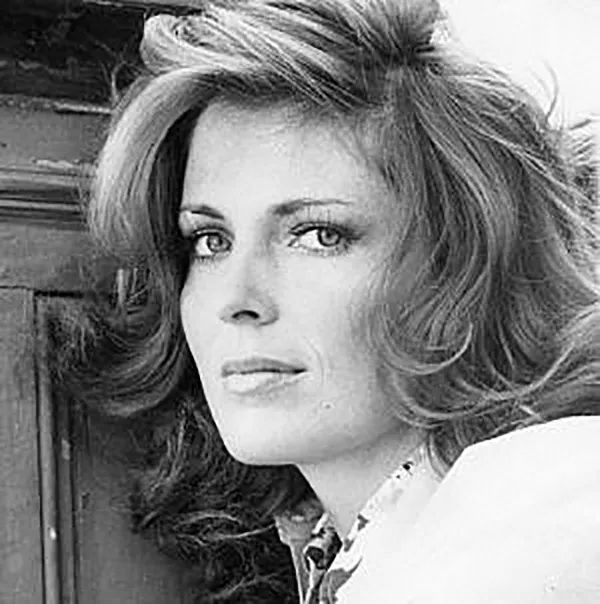
ADVERTISEMENT
Lynda Carter was not the only one that wanted to portray Wonder Woman on the TV screen. She had plenty of competition for the role. Joanna Cassidy, who won a Golden Globe Award for "Best Performance by an Actress in a Television Series – Comedy or Musical" was one of the other actors who was most interested in the role.
ADVERTISEMENT
In addition, Angie Bowie, who was married to the late David Bowie, auditioned. The stories of how the starring actress was chosen are fascinating, but so too is the reality that many other, very talented actresses were considered for the main role of Diana, in Wonder Woman.
ADVERTISEMENT
Wonder Woman's Jet Is Controlled Telepathically
ADVERTISEMENT
ADVERTISEMENT
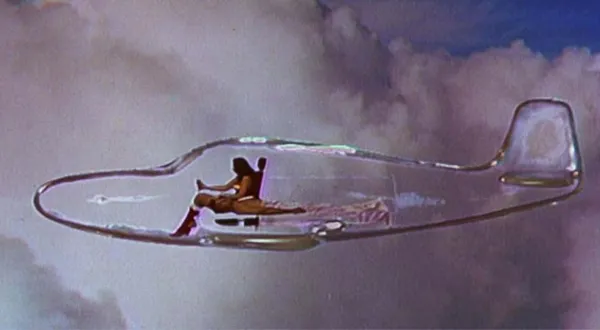
ADVERTISEMENT
The Invisible Jet that Wonder Woman flies throughout the series has another characteristic that’s even more exciting that being invisible; Wonder Woman can control and summon it using telepathy. Originally, the concept of the Invisible Jet was created in order to be an allegory for the invisible compliance of females to the patriarchy in the 1940s.
ADVERTISEMENT
According to sources, “The Invisible Plane would be undetected while moving quietly at supersonic speeds so that it would not be shot down by the guns of Man’s World. The idea was avoidance of conflict rather than meeting hostility head on.”
ADVERTISEMENT
The Bracelets Of Submission
ADVERTISEMENT
ADVERTISEMENT
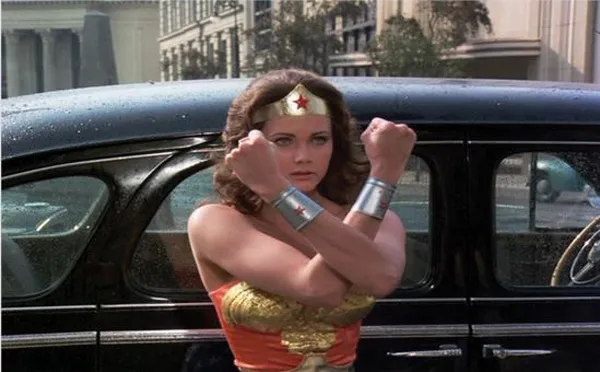
ADVERTISEMENT
Wonder Woman’s bracelets, known as the Bracelets of Submission acted as a force protecting her from anything that came her way. From gunshots to explosions to even impact from a fall, Wonder Woman’s bracelets saved her from many a close call.
ADVERTISEMENT
To create this effect in the show, Carter explained that, “[the property master] wired, almost like matchsticks, these little loads in the front where the stars were and within those stars there were some wires. Those wires went up the back of my wrist and into the palm of my hand… I would fire them depending on which arm was taking the shot. It was pretty ingenious,” Mental Floss reports.
ADVERTISEMENT
The Bracelets Were Made from Zeus' Shield
ADVERTISEMENT
ADVERTISEMENT
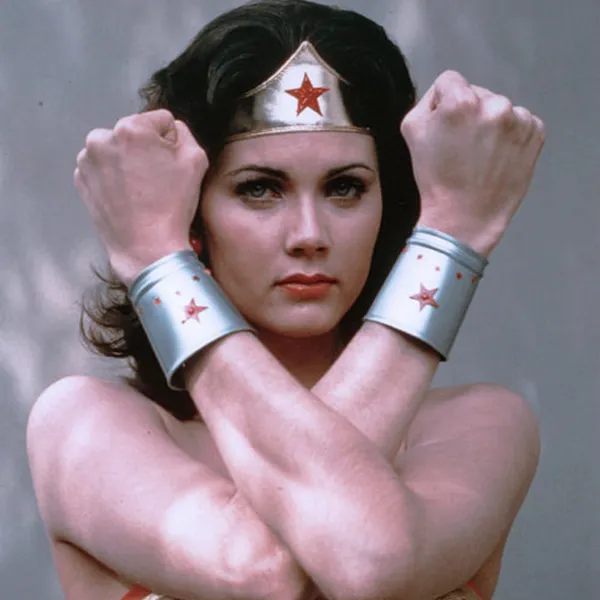
ADVERTISEMENT
Lore has it that Wonder Woman’s indestructible Bracelets of Submission were crafted from the remains of her father’s (Zeus) destroyed shield. His shield, named Aegis, was originally made out of the hide of a goat. After they were turned into Wonder Woman’s bracelets, there were able to draw on the power of Aegis.
ADVERTISEMENT
No wonder they’re unbreakable. Sources say that William Moulton Marston incorporated the bracelets when creating Wonder Woman “as an allegory for his philosophy on loving submission and the emotional control associated with it in order to balance out the strength of the human ego.”
ADVERTISEMENT
Leif Garrett Made an Appearance on the Show
ADVERTISEMENT
ADVERTISEMENT
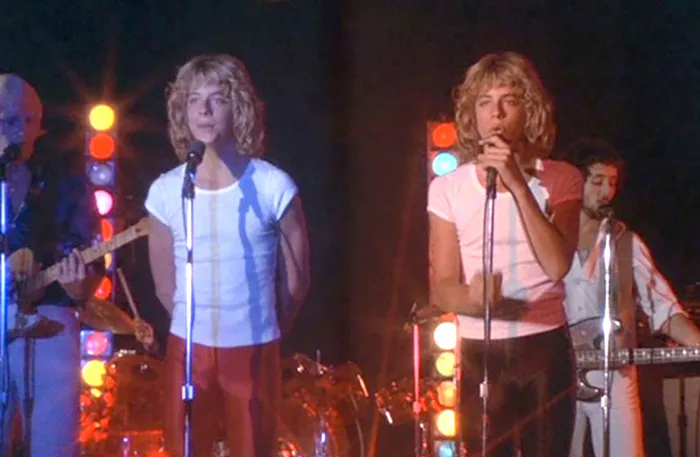
ADVERTISEMENT
Smartly timed to match up with the release of his new album, pop heartthrob of the ‘70s Leif Garrett played twins on an episode of Wonder Woman in 1978. In the episode, Wonder Woman had to save Leif and his twin. And, of course, he performed his hit song “I Was Made For Dancing” in the last scene of the episode.
ADVERTISEMENT
Garrett made his guest appearance in the third season of The New Adventures of Wonder Woman and apparently, the writers were at this point trying to appeal to younger audiences. Garrett’s appearance didn’t stop the show from cancellation and it didn’t save him from a later drug addiction later in his life.
ADVERTISEMENT
A New Wonder Woman for a New World
ADVERTISEMENT
ADVERTISEMENT
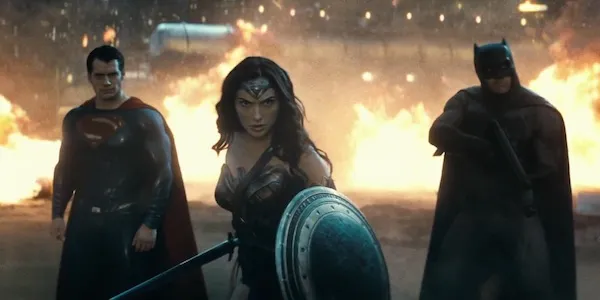
ADVERTISEMENT
After a long hiatus, Wonder Woman made a comeback in pop culture in 2016 as a supporting character in Batman v Superman: Dawn of Justice. However, this new version of Wonder Woman bears a different attitude and costume than the Wonder Woman of Lynda Carter’s day.
ADVERTISEMENT
The new Wonder Woman is darker and edgier, as is the style with the characters in the DC Cinematic Universe of the 21st century. Her brief appearance in the 2016 superhero flick sparked enough interest for Wonder Woman to get her own film, which is due out in June 2017, starring newcomer Gal Gadot.
ADVERTISEMENT
What Does Lynda Carter Think?
ADVERTISEMENT
ADVERTISEMENT
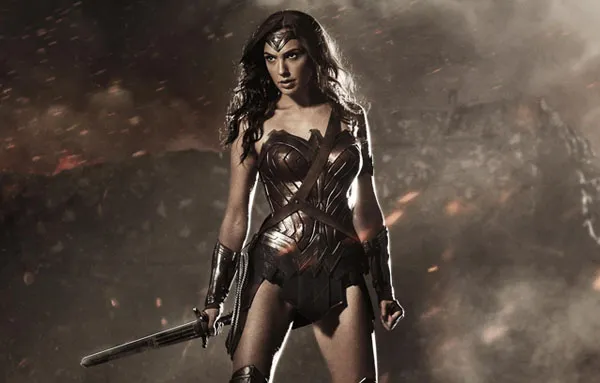
ADVERTISEMENT
Since hearing of plans that Wonder Woman would be brought to life to accentuate the growing DC Cinematic Universe, Lynda Carter says she’s happy that a new Wonder Woman is coming to screens. When Batman v Superman: Dawn of Justice was slated to premiere and there were talks of a new Wonder Woman making an appearance, Carter told British publication Express in 2015: “I hope that the film is good. It is odd that it is an Israeli actress and not an American but she seems to be very pretty and I wish her well.”
ADVERTISEMENT
After the movie came out, many people were upset over Wonder Woman’s minor role, but news has since come out about Wonder Woman’s feature film. Of her appearance in the prior film, Carter has said, “It’s not a bad way to reintroduce her that way.”
ADVERTISEMENT
Lynda Carter Today
ADVERTISEMENT
ADVERTISEMENT
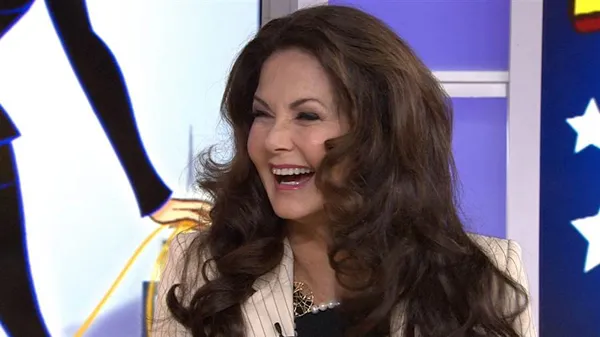
ADVERTISEMENT
Somehow Lynda Carter has managed to remain stunning and age gracefully in an industry that is known to not be so nice to its people. But don’t let her poise fool you, Carter still has moves! Following her stint as the 1970s-era Wonder Woman, Lynda spent the 1980s performing on stage as a showgirl at Caesar’s Palace in Las Vegas!
ADVERTISEMENT
Years later in 2007, she went on tour for her one-woman cabaret show, "An Evening with Lynda Carter." In 2015, she even wrote and recorded songs for the latest installment of the Fallout 4 video games. Now that’s some diverse talent!
ADVERTISEMENT
An Icon for Generations
ADVERTISEMENT
ADVERTISEMENT
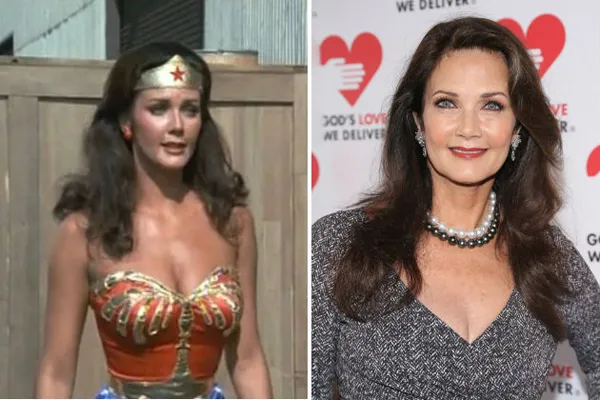
ADVERTISEMENT
While some people viewed Wonder Woman as an object of male fantasy, Carter has always emphasized how much the show was supposed to be empowering for women.
ADVERTISEMENT
In a 2016 interview with The New York Times, Carter said, “I still have women at airports coming up to me saying: ‘Oh, you don’t know what it meant to me...That’s really where the fantasy became a reality, where Wonder Woman became something much more than a TV show or a comic book… If a guy comes up and says, ‘Oh my God, I had such a crush on you when I was a teenager,’ I say: ‘Talk to the hand. I don’t want to know.’”
ADVERTISEMENT
She Will Always Be Typecast
ADVERTISEMENT
ADVERTISEMENT
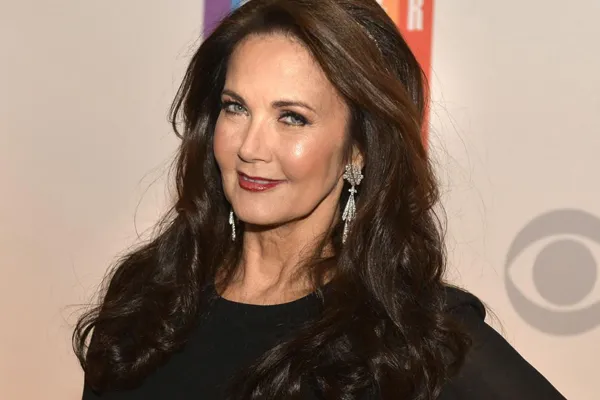
ADVERTISEMENT
Because of Lynda Carter’s original role as Wonder Woman, she is seemingly always typecast as a superheroine, save for movies like Dukes of Hazzard.
ADVERTISEMENT
When asked if she had a problem with being typecast, Carter told Film Monthly, “I’ll always be typecast. It’s moniker: Wonder Woman is: Lynda ‘Wonder Woman’ Carter.” Carter expressed that she’s proud of the role that made her famous, because it said a lot about that times: “You have to remember the time period, and in the ‘70s the only women on television were comediennes doing half-hour or variety shows… But things have changed a lot and it was great to be kind of pioneering women in television and having the people that makes these projects realise that there’s a huge market for female characters and doesn’t have to be about guns and guys.”
ADVERTISEMENT
Life After Wonder Woman
ADVERTISEMENT
ADVERTISEMENT
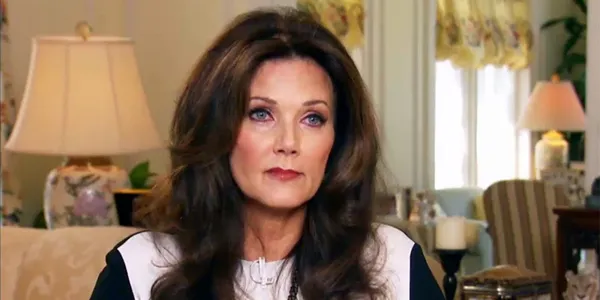
ADVERTISEMENT
After finishing Wonder Woman, Carter divorced her first husband, Ron Samuels, who was her former talent agent. Having to deal with that and the stigma of being seen as a heroine the rest of her life, Carter turned to something darker: alcoholism.
ADVERTISEMENT
Express reports that Carter has said, “Alcoholism is an abyss. You are terrified of the addiction. You just can’t stop. The disease has taken over, it is not a matter of having will-power. Addiction feels so shameful but it really is a disease, and if you have got the gene that turns it on, it is devastating.” Carter says that the alcoholism was really bad after the scandal that her second husband found himself in.
ADVERTISEMENT
Carter's Second Marriage
ADVERTISEMENT
ADVERTISEMENT
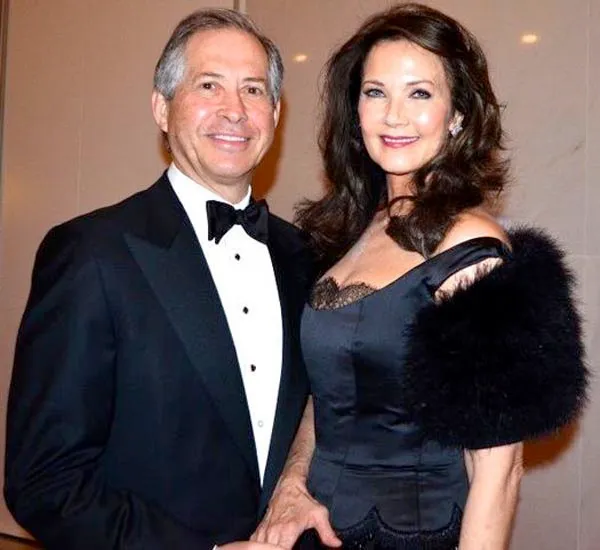
ADVERTISEMENT
In 1984, Carter remarried attorney Robert A. Altman, giving up her Los Angeles lifestyle to live with him in Washington, D.C. In the early ‘90s, Altman and his partner, Clark Clifford, found themselves amidst the Bank of Credit and Commerce International (BCCI) scandal.
ADVERTISEMENT
Altman and Clifford at the time ran First American Bankshares and were “indicted on charges of fraud and lying to banking regulators about First American’s illegal ownership by the… BCCI, a shadowy global institution,” according to a report by The Washington Post. Throughout the trial, Carter was seen at her husband’s side, adamantly declaring that he was not guilty.
ADVERTISEMENT
Carter's Struggle
ADVERTISEMENT
ADVERTISEMENT
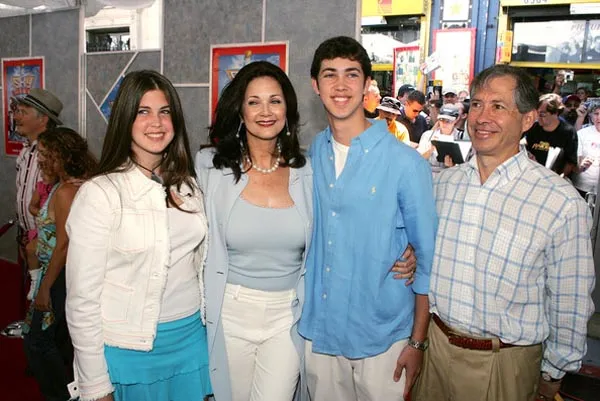
ADVERTISEMENT
While Altman and his partner were ultimately acquitted, the whole ordeal led Carter’s alcoholism to spiral out of control.
ADVERTISEMENT
At the time, she also had two young children with Altman, for whom she says she wasn’t really present, she told Express, “I didn’t drink during my pregnancies but I wasn’t really present for my two children, though my kids never saw me out of control. But when I had a drink I couldn’t stop. Most people have a drink and feel a little high but I’d feel nothing. My liver doesn’t process alcohol until I’ve had three drinks. Then I’d fall off the cliff of under the table.”
ADVERTISEMENT
Carter Gets Better
ADVERTISEMENT
ADVERTISEMENT

ADVERTISEMENT
By the new millennium, despite how good Carter was at keeping her problem concealed, her family was still well aware of her drinking issue. Her husband eventually urged her to get help for the sake of their marriage and children, who were by then 20 and 17 years old.
ADVERTISEMENT
In 2008, Carter opened up to People magazine about how rehab has helped her fight her addiction. At the time of the interview, Carter had been sober for nearly ten years, saying that “the best measure of a human being… is how we treat the people who love us, and the people that we love.”
ADVERTISEMENT
Carter Opens Up
ADVERTISEMENT
ADVERTISEMENT
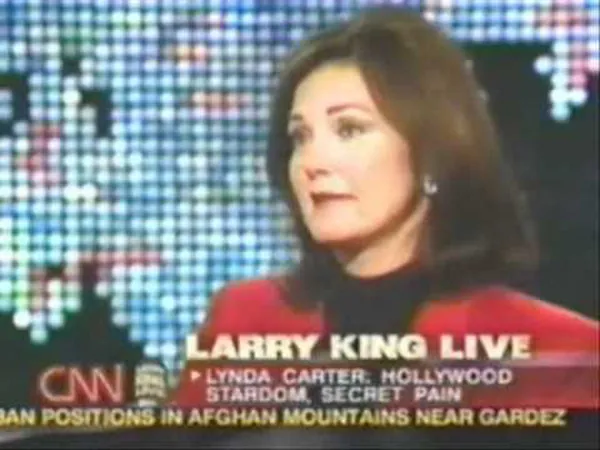
ADVERTISEMENT
In 2002, Carter appeared on Larry King Live and opened up about her experiences in rehab while battling her alcoholism. After being asked what it was like, Carter said, “It’s like going back to school That’s the way I felt about it. You go to classes all day long and take notes and participate in group discussions...”
ADVERTISEMENT
After King asked if talking about alcohol all day would make you want it more, Carter said, “No… It has never bothered me if I’m not drinking. That’s why it’s such a disease. I never even think about it… there’s so much freedom in that, just not having to even think twice about it.”
ADVERTISEMENT
Stanley Ralph Ross
ADVERTISEMENT
ADVERTISEMENT
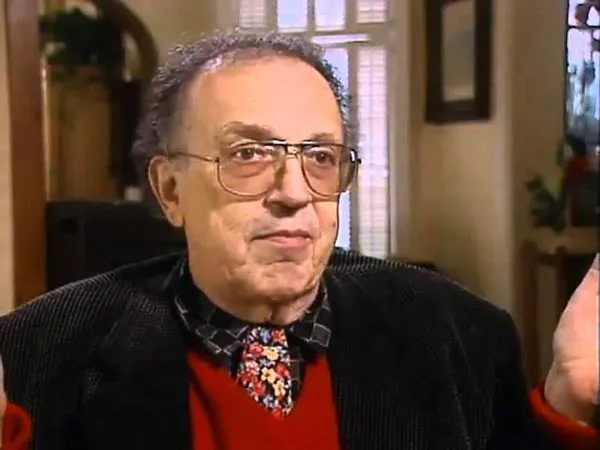
ADVERTISEMENT
Co-creator Stanley Ralph Ross can be credited with gifting us with the Wonder Woman television series we know and love today. Having previously written a third of the episodes for the 1960s Batman television series, Ross was approached to help bring Wonder Woman to television.
ADVERTISEMENT
An earlier iteration of Wonder Woman was created by television writers Stan Hart and Larry Siegel in 1967, but he declined because he didn’t agree with the casting of Cathy Lee Crosby and how Wonder Woman was represented. After that version tanked, he was brought in to develop a version of Wonder Woman that stayed true to the comics and was instrumental in casting Lynda Carter and Lyle Waggoner.
ADVERTISEMENT
Wonder Woman Is Multi-Ethnic
ADVERTISEMENT
ADVERTISEMENT
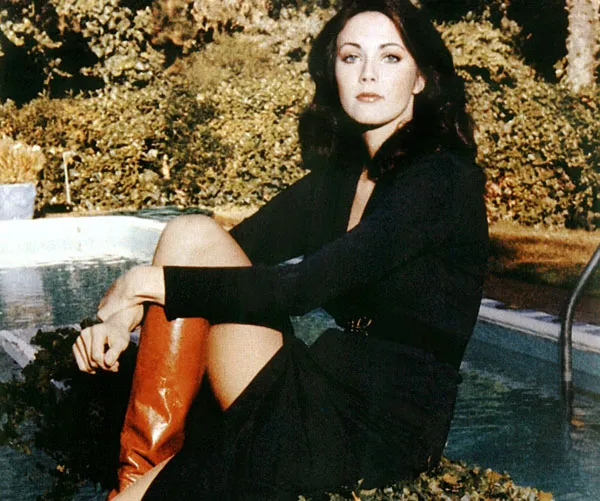
ADVERTISEMENT
If you think there are diversity issues in the media in this day and age, imagine how big of a deal it was to have Lynda Carter cast in a main superheroine role in the 1970s! Carter, whose mother was of Mexican heritage, made Wonder Woman a multi-ethnic comic-book superhero.
ADVERTISEMENT
While her father is of English and Scots-Irish ancestry, Carter’s mother is
















